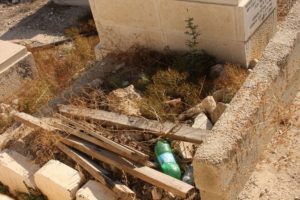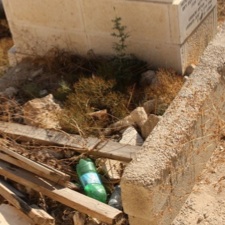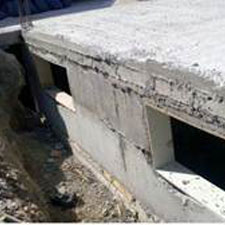 Refurbishment and construction work was deemed “urgent” in 2006, but the project has moved very slowly since then.
Refurbishment and construction work was deemed “urgent” in 2006, but the project has moved very slowly since then.
It may be the most storied Jewish burial ground in the world, but – according to the state comptroller’s report – the cemetery on the Mt. of Olives, with its 60,000 graves, remains in a sad state of neglect and disrepair.
In a chapter dedicated to surveying what happened to some NIS 84.5 million earmarked since 2006 to refurbish and maintain the cemetery as part of a plan to spruce up the area around the Old City in Jerusalem, the comptroller found that despite the money allocated there was rampant vandalism on the site and poor security.
According to the report, in June 2006 an interministerial committee approved refurbishment construction work at the site that was characterized as “urgent.” Despite this the project, under the direction of the Prime Minister’s Office, has moved very slowly.
“According to the government decision, implementation of the plan to refurbish the cemetery was supposed to continue through 2013,” the report read. By September 2009, however, the committee set up to oversee the project had not defined goals or a timetable for its work.
Although the original decision called for the establishment of an information center at the site, the Jerusalem Development Authority had not yet come up with a detailed work plan for the center, and had not yet been in contact with the various burial societies to get detailed information as to who is buried at the historic site.
The report found that since the Religious Services Ministry handed off responsibility for upkeep at the site to the Ministry of Housing and Construction in 2004, little in the way of upkeep has been undertaken.
The report found that despite the vandalism and criminal activity that takes place in the cemetery, proper security arrangements at the site have not been put into place, and as a result the millions of shekels that have been invested in refurbishing the site were at risk.
The report found that following a meeting on the matter convened by the Prime Minister’s Office directorgeneral, the government decided that the Housing Ministry would be responsible for security at the site.
The report called for the establishment of a public body that would have the authority to deal with all different aspects of the cemetery, including security, after the state finished rehabilitating and developing the site.





